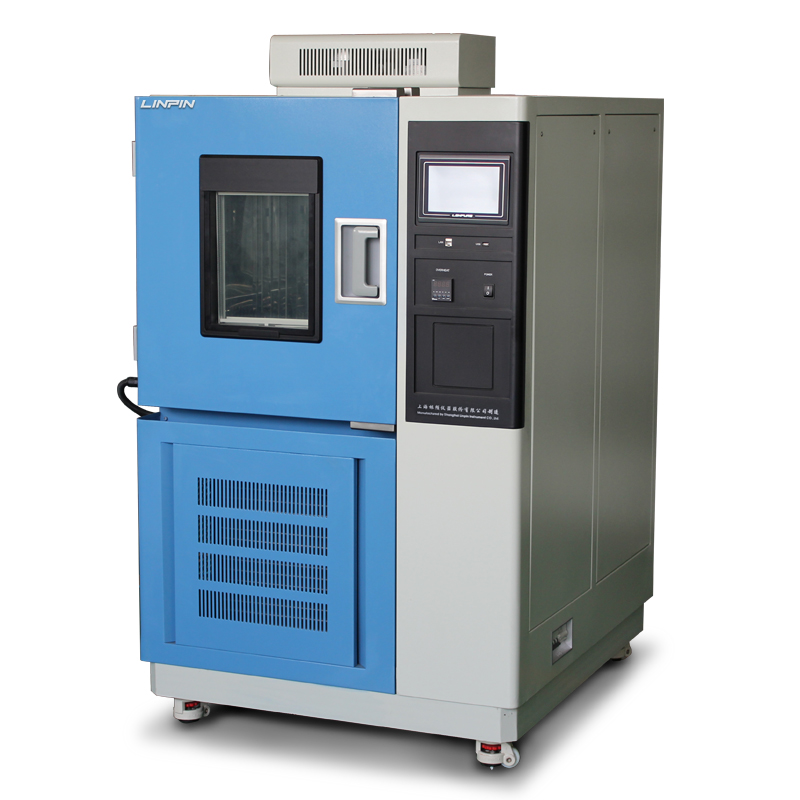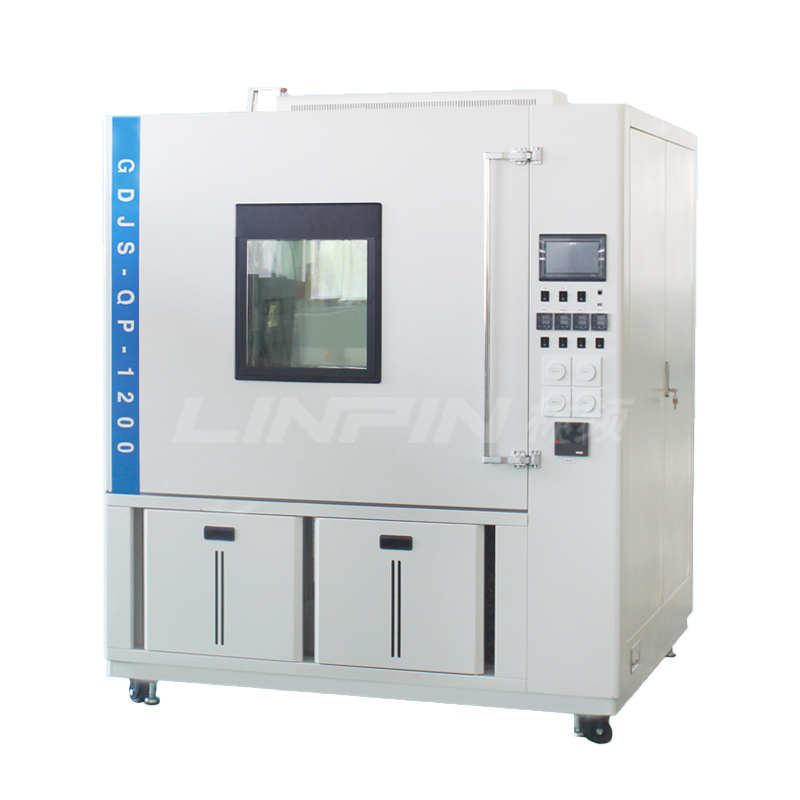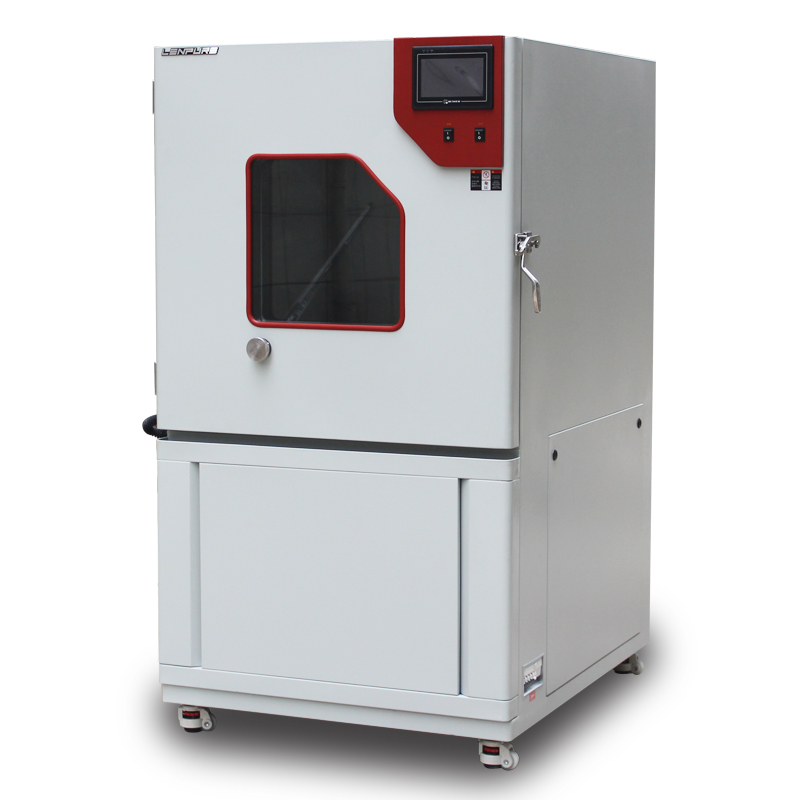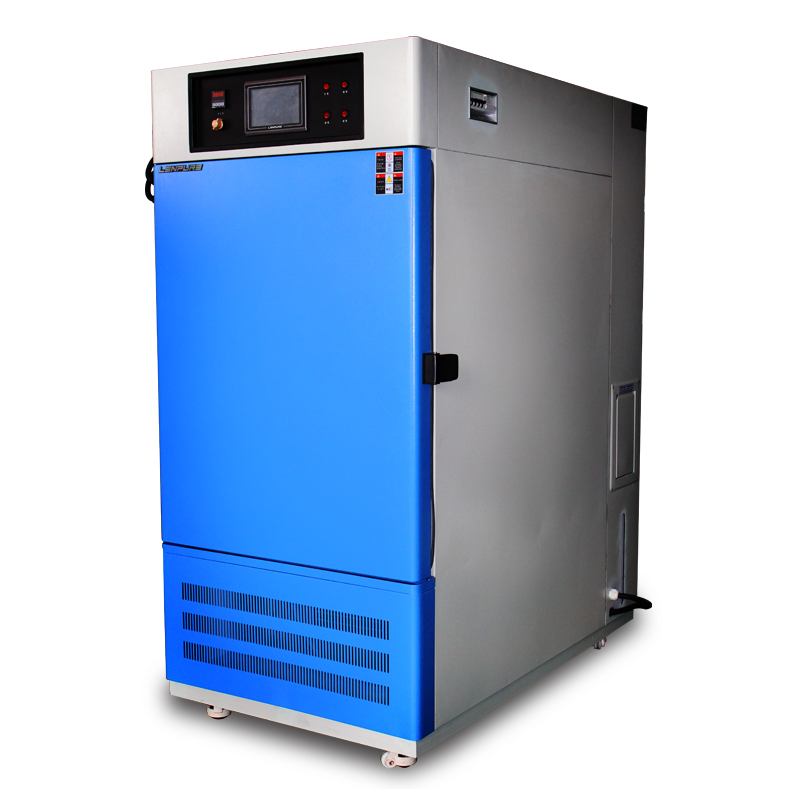The reasons why the Temperature and Humidity Cyclic Test Chamber cannot maintain low temperature
Author:LINPIN Update Time:2025-05-06 Source:LINPINThe Temperature and Humidity Cyclic Test Chamber is a crucial piece of equipment in industries such as electronics, automotive, and aerospace for conducting environmental adaptability tests. By subjecting products to alternating high-temperature, low-temperature, and humid conditions, it verifies their durability and reliability. However, many users encounter the issue of "inability to maintain low temperatures" during operation, leading to inaccurate test results and compromised product evaluation. This article analyzes the causes of this issue and shares effective solutions to help users optimize equipment performance.
I. Common Causes of Inability to Maintain Low Temperatures
-
Refrigeration system malfunction or insufficient performance
Refrigerant leaks, compressor damage, or reduced efficiency can all result in inadequate cooling capacity, making it difficult to sustain low temperatures. -
Poor sealing leading to significant cold loss
Aging or improperly installed door seals allow cold air to escape, preventing the chamber from maintaining the desired low temperature. -
Temperature control system issues
Inaccurate calibration of temperature controllers or faulty sensors can lead to abnormal temperature detection, disrupting precise low-temperature control. -
Excessively high ambient temperature
Placing the equipment in a high-temperature or poorly ventilated area increases the thermal load on the chamber, making it harder for the refrigeration system to maintain the target temperature. -
Aging electrical components or wiring problems
Deterioration of solenoid valves, fans, or control boards, as well as loose connections, can destabilize the refrigeration system and air circulation.

II. Solutions for Maintaining Low Temperatures
-
Regular maintenance of the refrigeration system
Check refrigerant pressure, replenish refrigerant if necessary, and clean or replace compressors and condensers to ensure optimal system performance. -
Replace or repair sealing strips
Ensure the chamber door is airtight to prevent cold air leakage and improve temperature stability. -
Calibrate temperature sensors and control systems
Use professional instruments to periodically verify sensor accuracy and upgrade or repair temperature controllers for precise and reliable temperature regulation. -
Optimize equipment placement
Position the chamber in a well-ventilated area with moderate ambient temperatures to minimize external heat interference. -
Inspect electrical system components
Regularly examine solenoid valves, fans, and control elements to ensure the electrical system operates smoothly.
III. Opt for Professional Services to Ensure Stable Operation
For complex faults or aging equipment issues, it is advisable to engage professional manufacturers or service providers for comprehensive inspection and maintenance. High-quality after-sales service not only restores the chamber’s low-temperature performance but also extends its lifespan, ensuring accurate and reliable test data.




